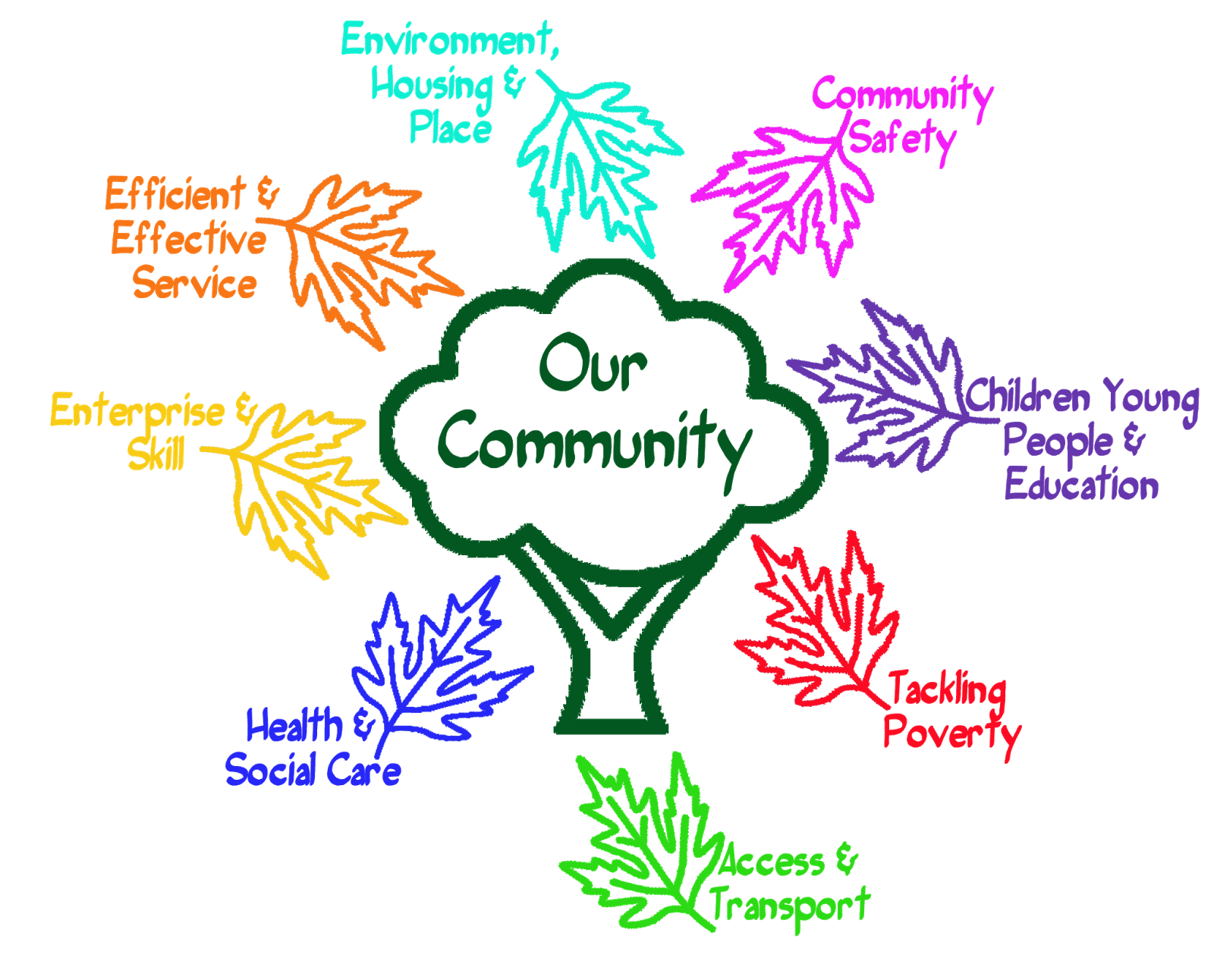 |
| Installation of Solar Home Systems in Bangladesh. Source: wbcarbonfinance.org |
 |
Jisnu offers Rural Stand Alone Systems meant for remote villages where there is no grid connectivity.
Sources - jisnusolar.com |
 |
“This program is aimed at the poorest people, those who lack access to electric lighting and still use oil lamps, spending their own resources to pay for fuels that harm their health,” said Jorge Merino, Peru’s Energy and Mining Minister.
Source: http://spectrum.ieee.org
|
 |
Solar can Power Even the Remotest Villages
|
Installation of a off-grid PV system in Tanzania. Solar PV modules for rural electrification by SCHOTT in Indonesia. Pictures: Energiebau Solarstromsysteme GmbH; SCHOTT Solar In developing countries, the need for photovoltaic technologies to provide electricity to remote houses and villages is great, while the ability of remote populations to afford the technology remains poor. Problems with supplying these remote areas with PV systems include the inability to afford a system, lack of credit, lack of maintenance, poor or no training, theft, poor administration, and difficulties working with governments. In urban areas of developing countries, conventional utility electricity is often priced below the cost of production, providing an effective barrier to grid-connected PV technologies. One of the biggest problems confronting suppliers of PV to the developing world remains the difficulty of coordinating and working with different government departments. Other problems include graft, lack of a local PV industry, and taxes that increase the difficulty of selling to developing countries (rendering the price of the product beyond local affordability). The current shortage of raw material has recently made sales to the developing world unattractive to manufacturers of product.










